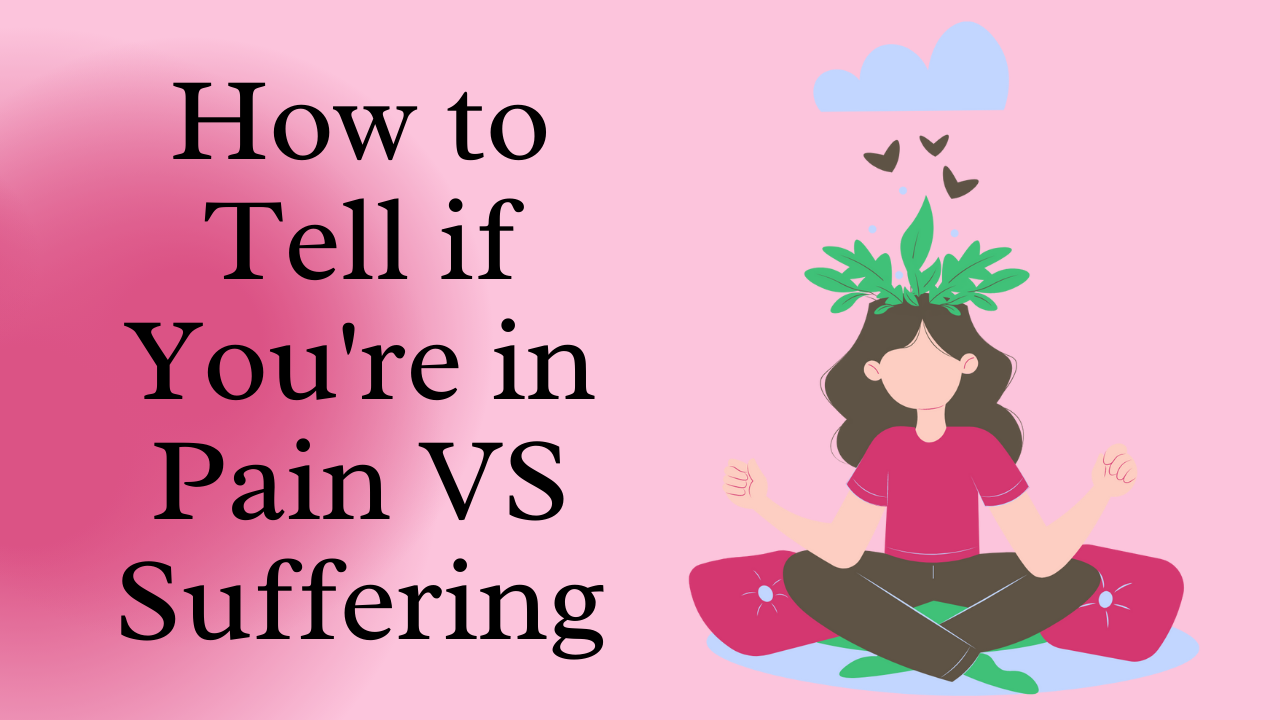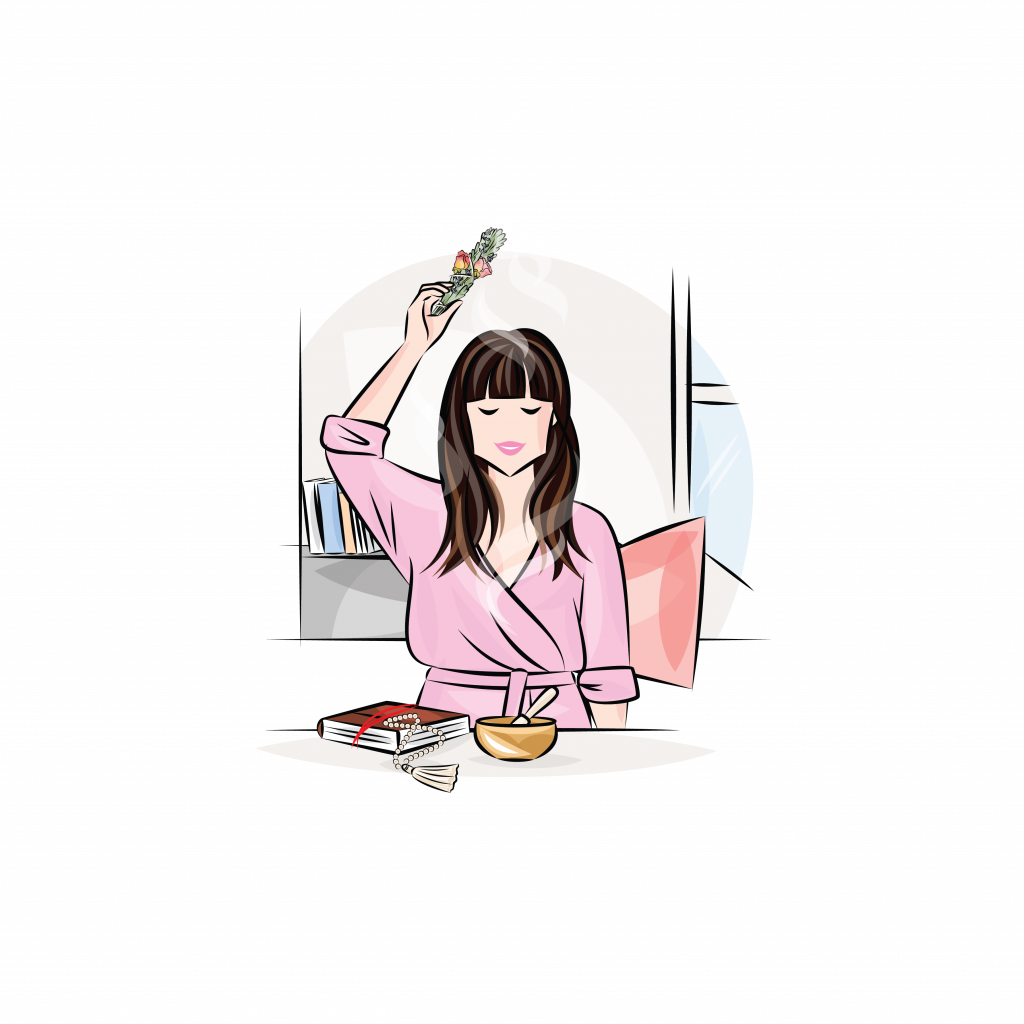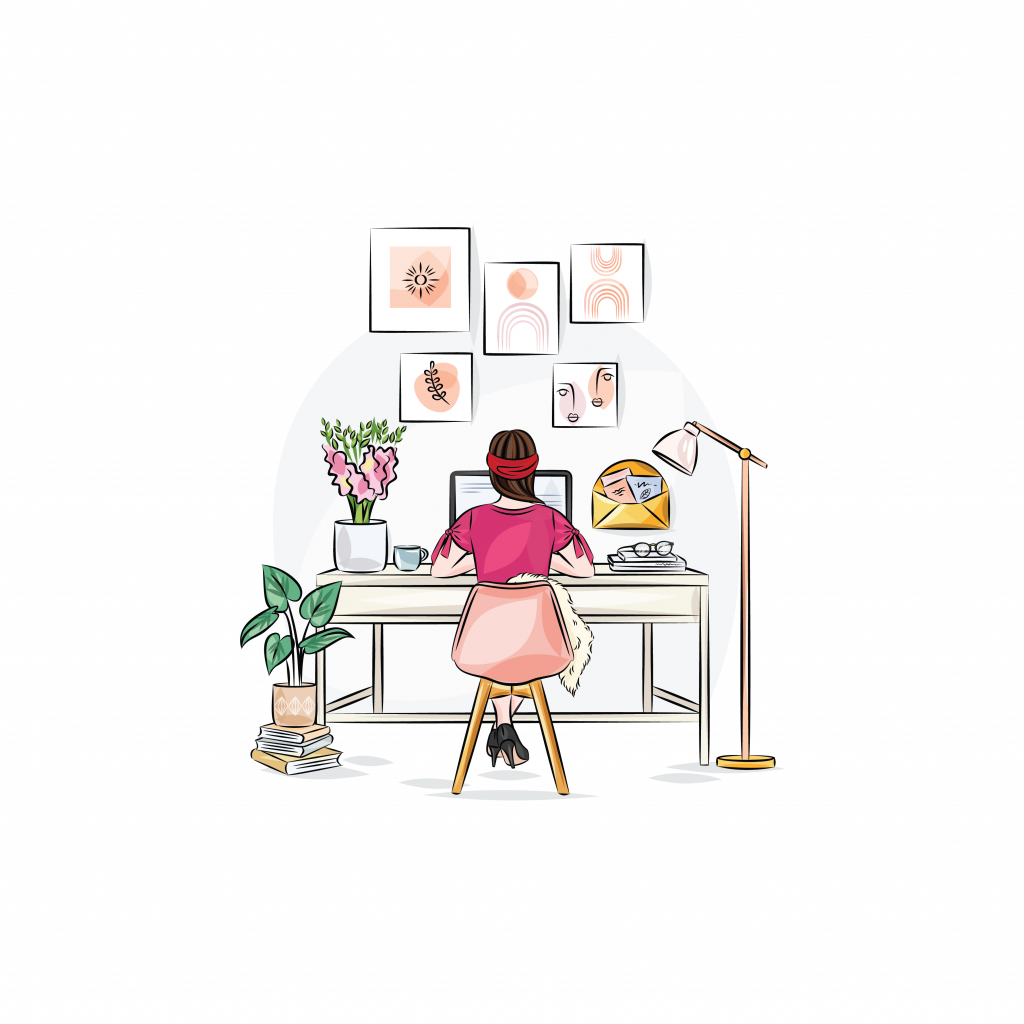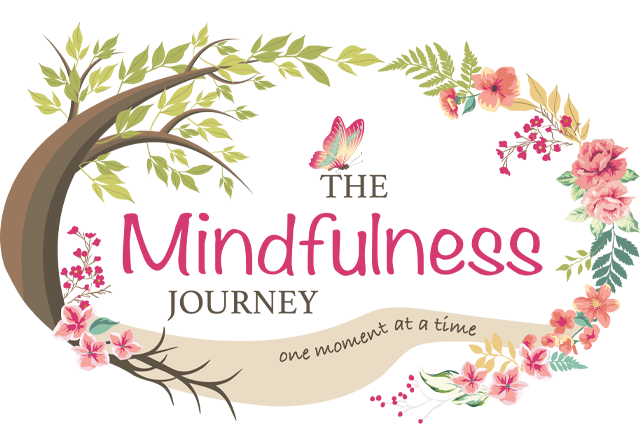
How to Tell if You’re in Pain VS Suffering
Today, we’re going to talk about pain vs suffering. Now, this post might be a little controversial…
Most suffering in our lives is optional. 🤯🤯
Now, before you click away, hear me out.
As I teach my clients, in life there are 2 arrows. The first arrow is pain and it’s inevitable. By that I mean that we will all at some point in life experience pain. Now, the pain that we feel could vary greatly.

For me, my pain was that I was hit by a bus and have undergone 5 neurosurgeries to date. Is getting hit by a bus inevitable? Of course not. The pain we experience in life does not have to be catastrophic.

This pain I’m talking about can be work stress, relationship or family stress, getting sick, someone you care about gets sick, etc. Heck, it can even be the inevitable pain of getting stuck in traffic. What the source of the pain is doesn’t matter. What matters is our response to the pain and that is the second arrow.
The second arrow is the thoughts, judgements and resistance that we throw at the first arrow.

We could have just as many judgements to being stuck in traffic as we can have to being hit by a bus. The language and the feeling behind it might change but the end result is the same.
Which is suffering.
Because, ultimately what brings us to suffering is our thoughts, judgements and resistance to what is happening right now in our lives at this very moment.
Now, I did tell you this post might be a little controversial…
Suffering shows up when we don’t accept the reality of the present moment. Acceptance never means that we have to like what’s happening. But we do have to accept it.
That old adage, “it is what it is” is acceptance in a nutshell.
Why do we want to practice acceptance?
Acceptance of THIS moment
When we accept the reality of this moment, we acknowledge what’s showing up for us. When we acknowledge what’s here we can then work with what’s here.
And we do this by coming to the present moment.
When we’re here in this moment focusing on ONLY what’s in front of us right now, not what might happen in the future, or remembering what has already happened then we have the ability to reduce our suffering down to pain.
Which makes it easier to manage.
This might sound hard to believe but trust me here.
Pain vs Suffering
As I sit here typing up this blog post I am 6 months post-neurosurgery where they had to remove my prosthetic bone flap (the piece of my skull on the right side of my head). This means that RIGHT NOW, a section of my brain only has muscle and skin covering it. And it’s been like this for SIX MONTHS!
My surgery to put in my new prosthesis? Yeah, at this point that’s more than another 6 months away.
This is the reality of this moment for me. This is my first arrow, the inevitable pain of life. Of course this exact pain and how it’s showing up for me isn’t inevitable, but the fact that I will experience something in my life is. Despite what Instagram tells us, no one leads a charmed life without pain. We just never see the reality of most people’s lives.
Now, if I bring my experience right down to THIS moment of pain, and reduce the suffering by letting go of my thoughts, judgements and resistance, than I am only dealing with what’s here in this moment. Meaning that I’m not also thinking and worrying about my neurosurgery. I’m here and now in this moment.
Back when my accident first happened, I heard something that had an impact on my life & recovery. As a Catholic, I attend mass, and during this time 2 different Priests said the same thing: “Suffering can make you bitter or it can make you better, you choose.”
This suffering is the thoughts, resistance and judgements that we bring to the experience. And it’s these thoughts that can make you bitter or can make you better. A choice that, depending on the pain we might be experiencing, we might have to make over and over again.

Imagine for a moment that I didn’t know about mindfulness or about the 2 arrows. I would probably spend the next 6 months thinking and worrying about what might happen when I have my surgery. Only, I have no idea what might happen. How could I? That moment isn’t here yet.
We think that by spending time in the future worrying about what might happen that this is helpful. That it’s preparing us for what’s to come. Because things can’t possibly be worse than they are inside my head.
This worrying and catastrophizing can feel safer than being open to the moment and letting it unfold the way that it will. The unknown of life is scary and we don’t like this feeling so we head on up inside our heads and start thinking about all the ways that things can go wrong – so that we can “prepare.”
So we plan, and we make lists, and we go back & forth on what might be the best thing to do. And then we second and triple guess, and we overthink, and we make new lists because this feels safe and productive but really it’s busy work that doesn’t move us closer to our goals.
What it’s really doing is keeping us stuck in worry and that makes us feel worse. Because we still have everything that’s here and now in this moment (work, relationships, grocery shopping, making dinner etc.) AND our thoughts & worries about what’s to come.
Which is why I help you to learn how to let go of this second arrow. How to choose in the “battle” of pain vs suffering.

This helps us to be here and now in this moment. So when I’m writing this blog post, this is the only thing that I’m doing. When we only focus on the one thing, we can get through the moment much faster and feel better than if we are caught up in too many worries and thoughts at the same time.
And when imposter syndrome shows up (which it inevitably will) we treat it the same way that we do the second arrow – we let it fly right past without hitting us.
Inside my free masterclass training, I share with you ways that imposter syndrome shows up and how it keeps us stuck in indecision. I also show you how to choose to stop listening to imposter syndrome and to choose to do better instead.

Learning how to be more decisive in your business can help when imposter syndrome shows up with its bag of second arrows. Being more decisive helps you to move past doubts & worries and to focus on the problem at hand.





